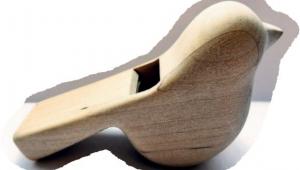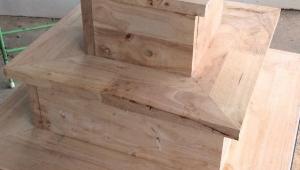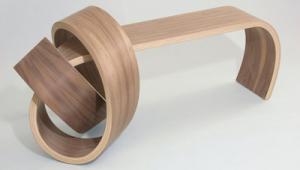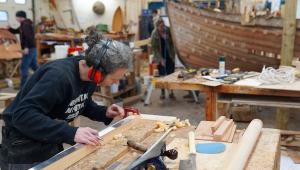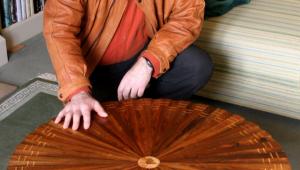Workers of Wood
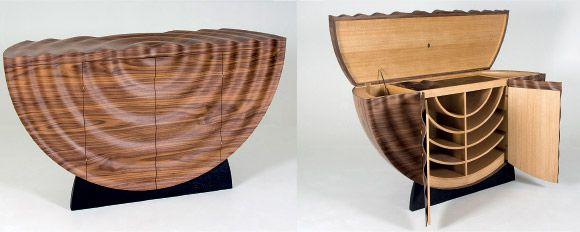
Workers of Wood
In a new series aimed at creating a better understanding of timber, its uses and other associated areas of interest, Peter Bishop shows that no matter where you place yourself within the broad category of woodworking, it should be enjoyed in all its guises
Workers of wood come in a variety of shapes and forms, and I’m not referring to the human body! To earn a living I undertake various woodworking tasks: I make furniture and write about it, for example. I have no formal qualifications as a ‘cabinetmaker’ and therefore do not claim to be one. I get slightly annoyed when someone calls me a carpenter, especially as it’s obvious they don’t know the difference between one who, say, carps, joins, or bodges. Perhaps we should not expect others to know but perhaps we ourselves should?
Of course there are those who are multi-skilled or trained but, individually, the following classifications, in no particular order, are how I see it:
Cabinetmaker
This exceptional breed of craftspeople are concerned with furniture making or ‘cabinet work’. In most instances, each piece or project is a stand-alone item not directly joined to anything else. It is also considered that cabinetmaking refers to good quality work rather than something thrown together with screws and dowels! Certainly not flat-pack stuff bought from a multi-national outlet of some form. Most cabinetmakers will be able to design from scratch and build individual and unique pieces that, rightly, should command a premium price.
Burke & Marshall’s ‘The Hugo’ drinks cabinet. The top drawer extends to reveal a bespoke polished slate surface for preparing your favourite tipple. All dovetails are cut by hand, drawers can run on either undermounted soft close runners or their own system of fully extending handmade wooden runners. Limited to just 10, each branded and dated
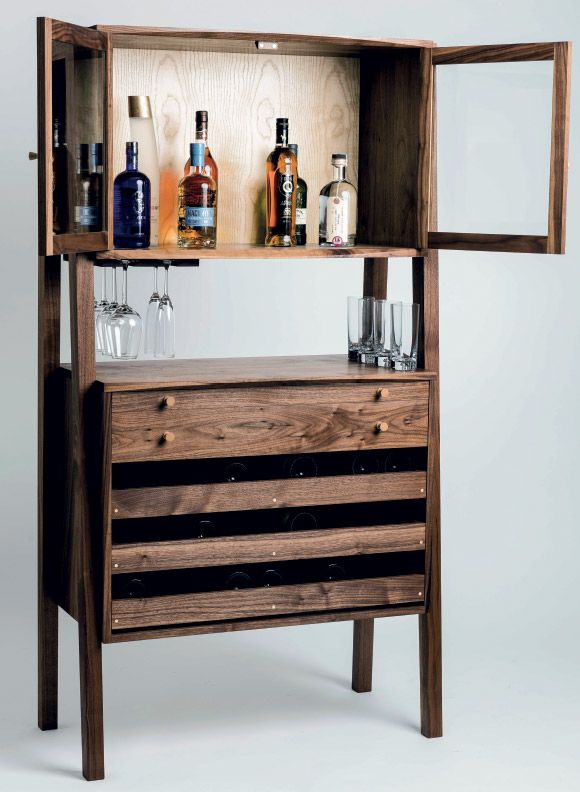
Edward Johnson’s ‘Drinks Cabinet – 1411’ – this cabinet was awarded a prestigious Guild Mark in 2015 for its exquisite craftsmanship, considered design and innovation (Guild Mark No. 458). Beautifully crafted in walnut with scorched oak and brass detailing, the Orbis bar embodies innovation and precision craftsmanship at its best
Bodger
Bodgers were a dying breed but are now enjoying a bit of a revival. Originally based in coppice woods they were employed to turn, or bodge, legs and other components for chairmakers. They used a simple pole-lathe, which was easily transported from work site to work site. The phrase ‘bodger’ is often misused to express an opinion of low quality work. It might have been repetitive work but it was far from poor quality. The skill of the bodger was to repetitively make components that matched each other. Simple, country furniture that is now antique often displays that skill for us to see today.

Students on Peter Wood’s chairmaking courses trying their hand at traditional pole-lathe turning
Read the full article, including all of Peter’s classifications, in Good Woodworking June 2017
For more great articles subscribe to Good Woodworking today
- Log in or register to post comments



